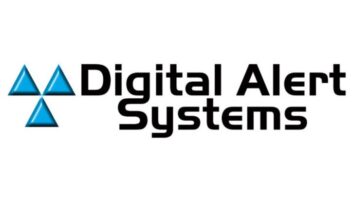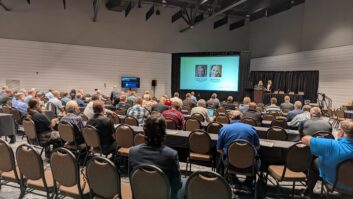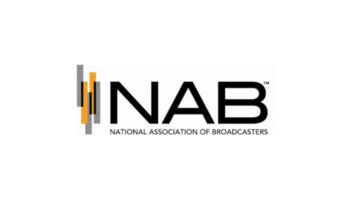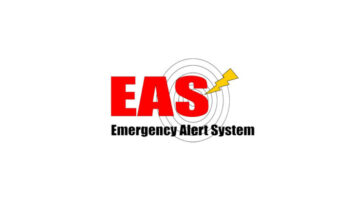Many broadcasters support NAB’s petition to allow software-based EAS systems, based on the filed comments.
The NAB wants the FCC to allow broadcasters to choose whether to continue to use EAS hardware solutions, adopt software-based EAS or take a hybrid approach. It says the decision is an urgent one. As we’ve reported, the idea has support from organizations including the Society of Broadcast Engineers and Sage Alerting, while Digital Alert Systems has raised concerns with aspects of the petition and asked the FCC not to rush its decision. Read those and other viewpoints here.
This story continues our coverage of the filed comments.
Cox Media Group (CMG) told the FCC that software-based technology would provide a practical option for broadcasters to choose from various service offerings.
The company, which operates 50 radio stations in 10 markets, says the petition highlights the risks broadcasters face when the marketplace has only one manufacturer of new gear.
As Radio World has reported, Sage Alerting Systems discontinued making new 3644 ENDEC decoders at the end of 2024, leaving only Digital Alert Systems with hardware-based EAS products in the marketplace. Sage continues to support its hardware in the field, and said it would bring software EAS to the market if the FCC allows its use.
But CMG presses the commission to “not force broadcasters to rely on one vendor to provide EAS service or upgrade their devices when there are viable alternatives that can relieve pressure, modernize EAS overall, and potentially save lives.”
Approving NAB’s petition would give broadcasters flexibility to better serve the community at large, CMG told the commission, while not doing so might cause public harm if broadcasters do not have a reliable source of hardware or repair before a natural disaster or other unforeseen tragic event.
A representative of New York Public Radio told the FCC that permitting software-based EAS makes “eminent sense given the huge extent to which today’s radio broadcasters employ virtualized components in nearly all other elements of their air chains.”
A joint filing by three prominent public radio engineers — Steve Shultis, chief technology officer for NY Public Radio, Jobie Sprinkle, director of engineering/IT for University Radio Foundation and J. Paxton Durham, retired chief engineer at Virginia Tech Public Radio — said that most elements of the modern air chain can now be done in software, with EAS as a notable exception.
They said a voluntary software EAS solution can be integrated into the existing alerting system without affecting baseline EAS functionality and can improve its effectiveness.
Another commenter focused on the needs of small broadcasters and how they handle their EAS systems.
Aldon Caron helps maintain several community and low-power FM stations, including KPOV(FM) in Bend, Ore. He said they need clarity on product selection and conversion timelines given their minimal budgets.
“These stations are connected closely to their communities so are a critical element in the EAS system,” Caron wrote.
Modernization of the EAS system, Caron says, is critical if broadcasters are to continue to be relied upon for emergency alerting.
“Converting to a software-based model allows for more flexibility and decisions based on the needs of the station or station group. It will take some time for broadcasters and manufacturers to adapt this critical system, so it is imperative that the FCC react promptly to this need.”
“Necessary” evil?
There are critics of EAS who wonder what adding software would mean for the reliability of the warning system. Broadcast engineer Aaron Read, on a SBE listserv post in April, wrote that the entire ecosystem of EAS becomes difficult to justify if the system is not exclusively composed of hardware delivery methods.
“Sure, it’s possible to make a software-based EAS; and if they do, it damn well better be open-source so it doesn’t get trapped in a cycle of proprietary abandonment while stations are still legally required to run out-of-date, and thus dangerously insecure, software that by definition has to be exposed to the public internet,” he wrote.
Read says the moment that software-based EAS becomes a thing, there are dozens of ways to distribute the same information that are faster, cheaper, and more reliable.
“The legacy EAS audio relay system barely worked when it was all dedicated hardware. Making it all be software added on to other hardware inherently makes it harder to use, less reliable and less effective,” he said.
He told Radio World in a more recent email: “Ultimately, software EAS is evil. But if we must have EAS, then it’s a necessary evil.”
You also can read comments via the FCC online system under proceedings 22-329 or 15-94.






